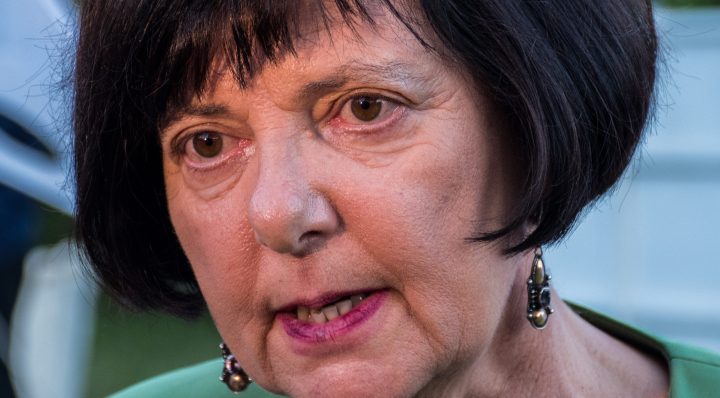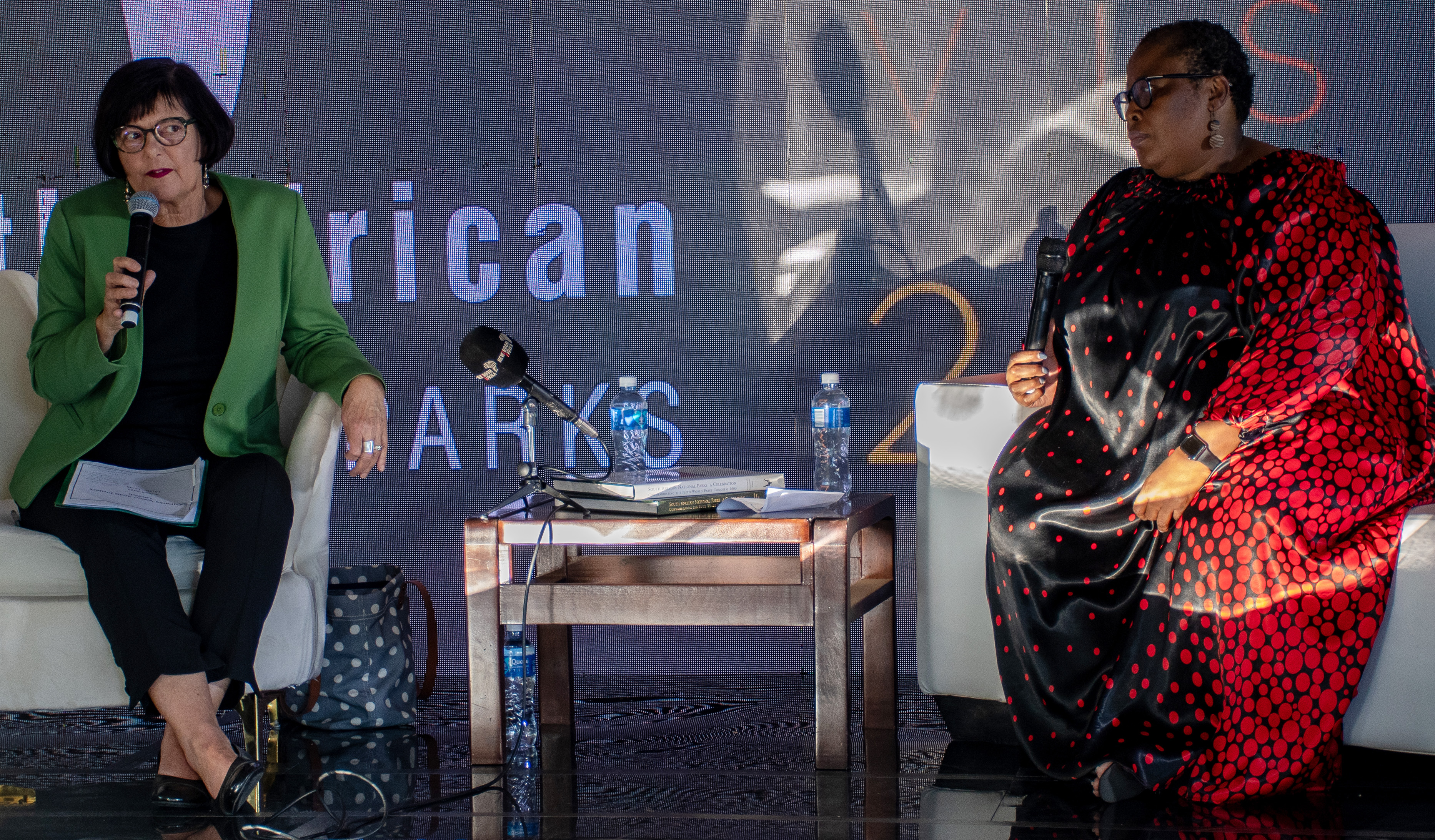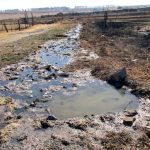GLOBAL BIODIVERSITY FRAMEWORK
Can we achieve the multibillion-rand target we committed to at COP? Minister Creecy thinks not

Despite rolling out an implementation plan that aligns our White Paper on Conservation with the commitments we made at the last UN Biodiversity Conference, Environment Minister Barbara Creecy does not think we will meet the targets in time – one of which will cost R37-billion to implement.
United Nations conferences have often been criticised for being performative, something that’s all talk and no action – a hollow trade show, if you will.
And people’s scepticism and frustration with the Conference of the Parties (COP) is understandable when so much time and energy (and flights) goes into discussions, but what is agreed upon in negotiating rooms is not implemented on the ground.
At the UN’s semi-annual biodiversity conference (COP15), held in Montreal, Canada in 2022, implementation was a key theme – since all the last biodiversity targets countries party to the Convention on Biological Diversity (the UN environmental treaty established in 1992) tried to implement in 2010, failed.
So, they tried again, and in December 2022, along with 195 other nations that were part of the Convention on Biological Diversity, South Africa adopted the Kunming-Montreal Global Biodiversity Framework, committing us to implement 23 targets by 2030 and four goals by 2050 – with the aim of halting and reversing biodiversity loss.
Read more in Daily Maverick: Historic moment for nature and humanity as Kunming-Montreal framework adopted at UN biodiversity conference
The headline target – hailed as ambitious by some and not enough by others – is to effectively conserve at least 30% of the world’s lands, freshwater and oceans, while respecting the rights and contribution of indigenous people and local communities.
“The ‘30×30’ target marks the largest land and ocean conservation commitment in history,” said Brian O’Donnell, director of the Campaign for Nature, at the time of the conference.
Currently, 17% and 10% of the world’s terrestrial and marine areas, respectively, are under protection.
In South Africa, according to the Department of Forestry, Fisheries and Environment (DFFE), 16.7% of land and inland freshwater resources (strategic water source areas) in the country are under conservation and about 14.5% of its marine areas are protected.
Sitting at the halfway mark with seven years to go, one has to wonder what will happen if South Africa doesn’t reach the 30×30 target
‘Soft law’
David Ainsworth, head of communications for the UN Secretariat of the Convention on Biological Diversity, explained at the end of COP15: “Strictly speaking, the GBF [Global Biodiversity Framework] is not legally binding. It is a soft law.
“However, since it is adopted with a view to enhance the implementation of a legally binding treaty (i.e. the Convention on Biological Diversity), and subject to monitoring and reporting requirements, one can argue that the GBF has some legal weight or force upon the Parties to the Convention.”
Forestry, Fisheries and Environment Minister Barbara Creecy has continually emphasised – before COP15 and afterwards – that since South Africa could not implement these targets with our set government budget, more funding would be needed.
And again on Tuesday, at the launch of the South African National Parks (SANParks) Vision 2040 – which aims to create protected areas and a protected area agency that is healthy, sustainable, and climate-resilient – Creecy told Daily Maverick that the 30×30 target would not be happening on time.
“We’re not going to achieve that target by 2030,” Creecy told Daily Maverick at Groenkloof National Park in Pretoria after the event.
Adding that at COP15 her delegation had made it clear that “we support the global target and we support contributing to that at a speed and the pace that our own resources allow”.
Deputy director-general of the Department of Forestry, Fisheries and the Environment, Mohlago Flora Mokgohloa, explained to Daily Maverick that the 2016 National Protected Area Expansion Strategy (NPEAS) committed South Africa to achieve 28% of land and water protection by 2036.

Minister of Forestry, Fisheries and the Environment Barbara Creecy (left) during a panel discussion with SANParks board chairperson Pam Yako at the launch of the SANParks Vision 2040 at Groenkloof National Park in Pretoria on 4 April 2023. (Photo: Julia Evans)
But now with our commitments to the Kunming-Montreal Framework, they have to speed up that plan to achieve 30% protection by 2030 – currently they increase protected areas by half a percent per year, funded by the government budget.
The NPEAS needs to be updated to align with not just the Kunming-Montreal Framework, but to respond to South Africa’s White Paper on Conservation and Sustainable Use that was recently passed by Cabinet, and has an aim to transform biodiversity.
This will include bringing other categories into land that’s protected, such as ecological “corridors” – areas of land that are imperative for the movement and connectivity of animals and biodiversity, along with national parks.
“Those are very critical, they are currently not recognised in that expansion strategy [NPEAS],” said Mokgohloa.
Rhian Berning, CEO of the Eden To Addo Corridor Initiative, explained to Daily Maverick: “Protected areas and parks are the cornerstones of nature conservation, but in isolation are insufficient to conserve biodiversity and absorb the environmental shocks of climate change and habitat loss.” Therefore, “the new understanding of the critical importance of ecological connectivity and wildlife corridors is driving a global shift in conservation practice.”
Rolling out the implementation plan
Mokgohloa said her department is currently rolling out an implementation plan that aligns the Kunming-Montreal Global Biodiversity Framework with the White Paper for Conservation – which includes the goal of transformation of biodiversity.
And then from April to October, they will run consultations with national stakeholder groups, whereby they will go out to the provinces and find out, “what are the low-hanging fruits we need to be implementing, what are the areas that we still need more interrogation?” said Mokhogloa, who added that all those processes will culminate in South Africa’s first biodiversity indaba in October.
But the implementation plan is not cheap – Mokgohloa said that just to meet the 30×30 target will require an excess of about R37-billion, according to preliminary indications.
Which we don’t have, since only 1% of the fiscus across the board goes towards biodiversity.
International funding
Creecy and the South African delegation made it clear going into the conference that we would need three things to be able to implement the targets: finance, capacity building and technological support.
Resource Mobilisation was one of the six package deals agreed upon, which created a dedicated fund for biodiversity – the Global Biodiversity Framework Fund (GBF Fund) – which will be set up in 2023. But this fund is still under the UN’s existing Global Environment Facility (GEF).
Mokgohloa told Daily Maverick on Tuesday that the GEF has given South Africa a starting figure, called the “early action implementation of the GBF”, of about R1-million, which will be used to assess what the funding requirements are.
Local funding
“We know – and we know from our experience in the climate space – that you are not going to achieve all of the funding that you would want from international sources,” said Creecy, explaining that as a result her department is looking at other funding mechanisms where the private sector can contribute to conservation, such as stewardship.
The ministers said the department has been doing a pilot project in the Western Cape, “determining what would be the criteria for land management that we could then regard as being appropriate for land that would be placed under stewardship, because we think that the private sector can make a considerable contribution to achieving and financing the 30 by 30 target”. DM/OBP



















 Become an Insider
Become an Insider
Comments - Please login in order to comment.